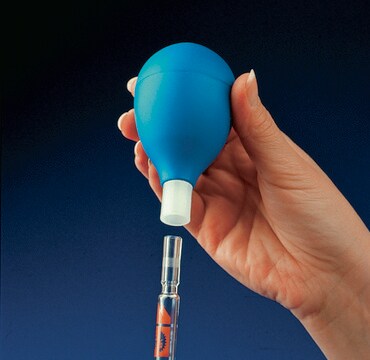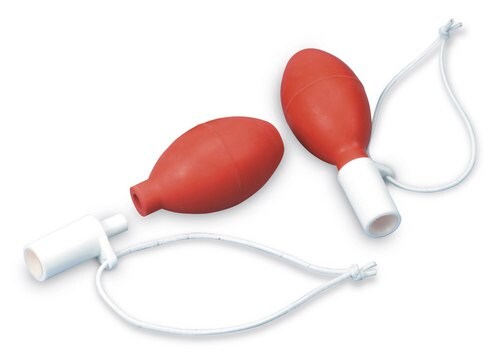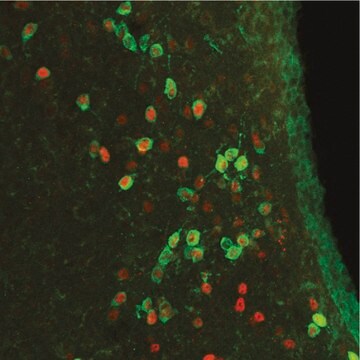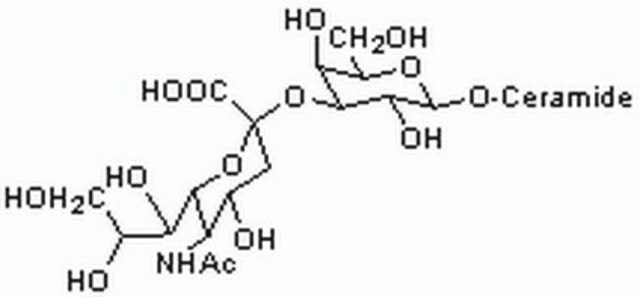MABC1112
Anti-Diasialoganglioside GD3 Antibody, clone R24
clone R24, from mouse
Synonim(y):
GD3, Ganglioside GD3, Disialoganglioside GD3
About This Item
Polecane produkty
pochodzenie biologiczne
mouse
Poziom jakości
forma przeciwciała
purified antibody
rodzaj przeciwciała
primary antibodies
klon
R24, monoclonal
reaktywność gatunkowa
human, mouse, rat
metody
affinity binding assay: suitable
flow cytometry: suitable
immunohistochemistry (formalin-fixed, paraffin-embedded sections): suitable
immunoprecipitation (IP): suitable
western blot: suitable
izotyp
IgG3κ
Warunki transportu
ambient
docelowa modyfikacja potranslacyjna
unmodified
informacje o genach
human ... ST8SIA1(6489)
Powiązane kategorie
Opis ogólny
Specyficzność
Immunogen
Zastosowanie
Affinity Binding Assay: A representative lot reacted with heat stable glycolipid on the surface of all SK-MEL melanoma and two of the five astrocytoma cells tested, whereas epithelial cell types, fibroblasts, and cells of hematopoietic origin were found to lack the surface antigen recognized by clone R24 (Dippold, W.G., et al. (1980). Proc. Natl. Acad. Sci. U.S.A. 77(10):6114-6118).
Flow Cytometry Analysis: A representative lot immunostained the surface of cultured primary rat cerebellar cells (Kasahara, K., et al. (1997). J. Biol. Chem. 272(47):29947-29953).
Immunocytochemistry Analysis: A representative lot immunostained NGF-induced nurite outgrowths of cultured DRG neurons from wild-type, but not GD3 synthase-knockout, mice (Ribeiro-Resende, V.T., et al. (2014). PLoS One. 9(10):e108919).
Immunohistochemistry Analysis: A representative lot detected GD3 immunoreactivity in unfixed frozen tissue samples of primary melanoma and metastatic malignant melanoma (Dippold, W.G., et al. (1985). Cancer Res. 45(8):3699-3705).
Immunoprecipitation Analysis: A representative lot co-immunoprecipitated Lyn from rat brain membrane extract. Clone R24 co-immunoprecipitated caveolin and the exogenously expressed Lyn, but not Src, from CHO cells expressing exogenous GD3 synthase (Kasahara, K., et al. (1997). J. Biol. Chem. 272(47):29947-29953).
Apoptosis & Cancer
Jakość
Flow Cytometry Analysis: 0.2 µL of this antibody detected GD3 immunoreactivity on the surface of one million SK-MEL-28 human skin melanoma cells.
Postać fizyczna
Przechowywanie i stabilność
Handling Recommendations: Upon receipt and prior to removing the cap, centrifuge the vial and gently mix the solution. Aliquot into microcentrifuge tubes and store at -20°C. Avoid repeated freeze/thaw cycles, which may damage IgG and affect product performance.
Inne uwagi
Oświadczenie o zrzeczeniu się odpowiedzialności
Nie możesz znaleźć właściwego produktu?
Wypróbuj nasz Narzędzie selektora produktów.
Kod klasy składowania
12 - Non Combustible Liquids
Klasa zagrożenia wodnego (WGK)
WGK 2
Temperatura zapłonu (°F)
Not applicable
Temperatura zapłonu (°C)
Not applicable
Certyfikaty analizy (CoA)
Poszukaj Certyfikaty analizy (CoA), wpisując numer partii/serii produktów. Numery serii i partii można znaleźć na etykiecie produktu po słowach „seria” lub „partia”.
Masz już ten produkt?
Dokumenty związane z niedawno zakupionymi produktami zostały zamieszczone w Bibliotece dokumentów.
Nasz zespół naukowców ma doświadczenie we wszystkich obszarach badań, w tym w naukach przyrodniczych, materiałoznawstwie, syntezie chemicznej, chromatografii, analityce i wielu innych dziedzinach.
Skontaktuj się z zespołem ds. pomocy technicznej






